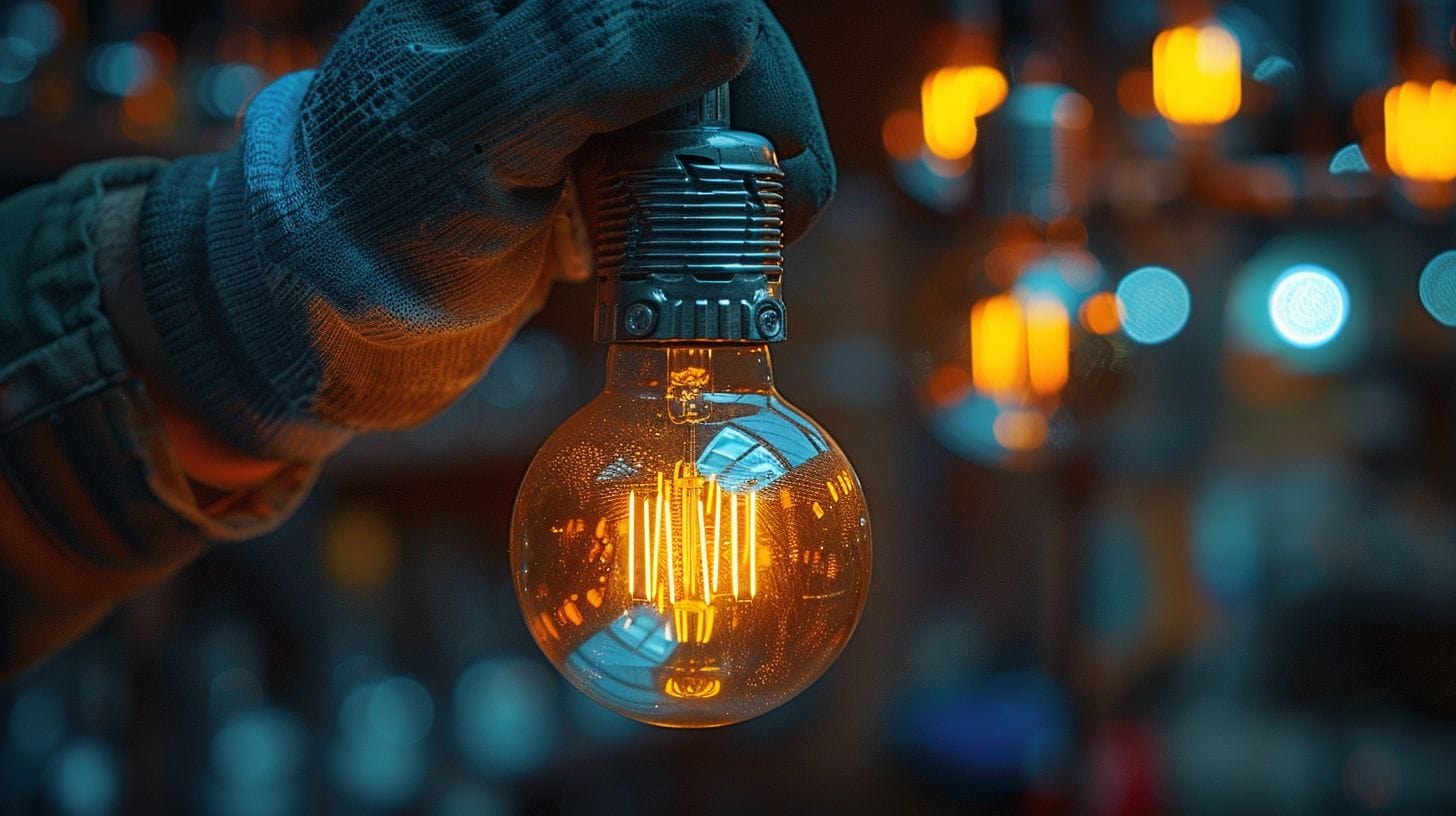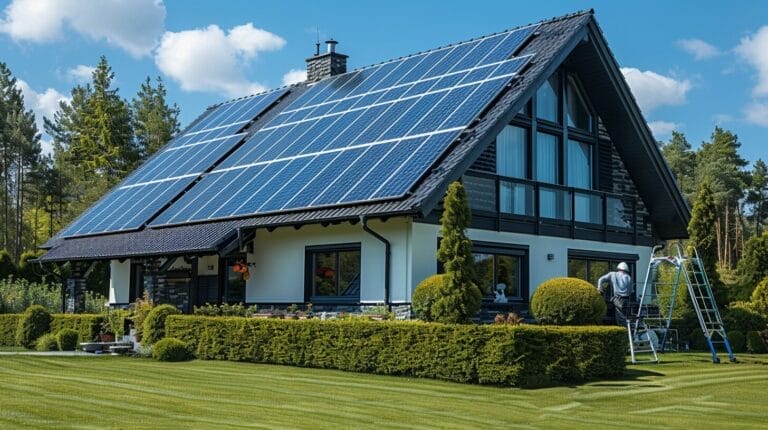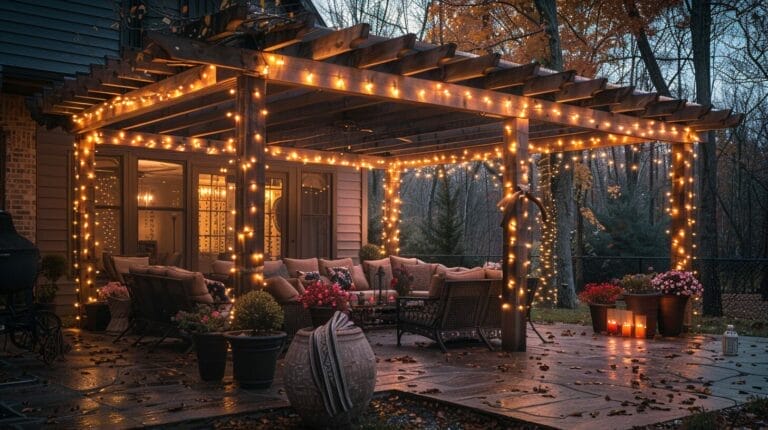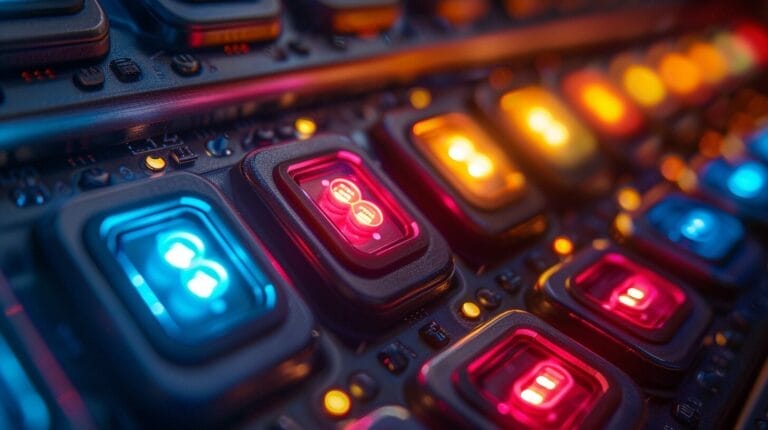How Do You Bypass the Ballast for LED Lights: LED Mastery
Ever tried to untangle a mess of cords only to find that one elusive knot that seems to hold everything together, much like trying to figure out the best method to connect LED tubes directly to a power source?
Bypassing the ballast for LED lights can feel a bit like that – a necessary step to simplify the process and achieve a brighter outcome, involving removing the ballast and connecting to wires directly.
Curious about the intricacies of this procedure and how it can elevate your lighting game?
Stay tuned for a journey into the world of LED mastery where we unravel the mysteries of ballast bypass for a seamless transition to efficient illumination with our How Do You Bypass the Ballast for LED Lights guide.
Key Takeaways
- Bypassing ballast enhances LED performance and efficiency, especially for LED tubes.
- Cost savings and long-term financial benefits are achieved.
- Lighting systems see improved reliability and maintenance.
- LED lights ensure energy efficiency and longevity, fitting into existing fixtures seamlessly, often after bypassing or removing a ballast. These are often type B LED tubes that do not require a ballast.
Understanding the Role of a Ballast in Lighting Systems
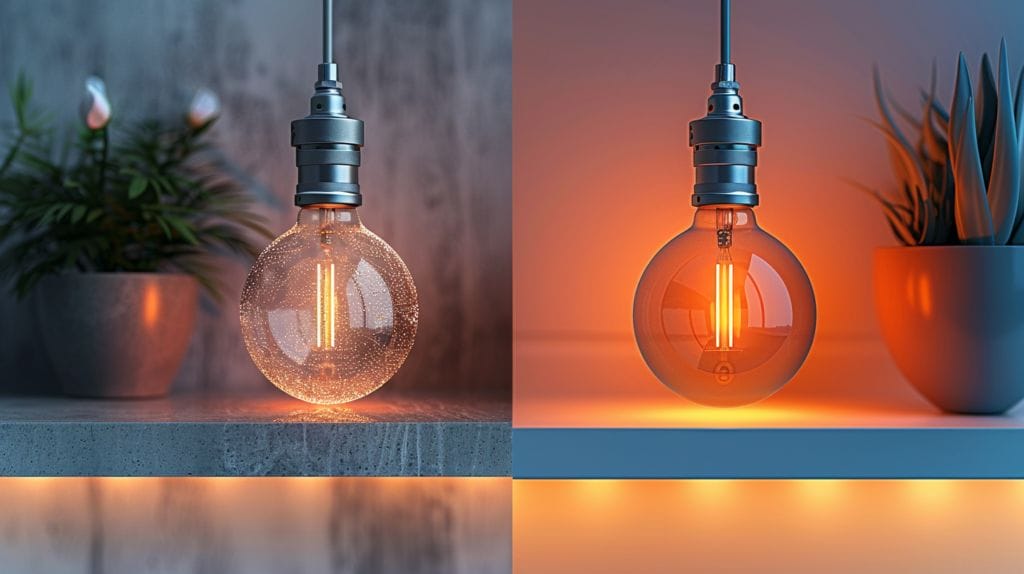
In lighting systems, a ballast is a crucial component that regulates the electrical current flowing to the light source, ensuring optimal performance and longevity. LEDs, however, operate on direct current (DC) rather than alternating current (AC) like fluorescent lights. This requires ensuring the hot wire is correctly identified and connected for proper operation. This distinction is vital because LEDs are more energy-efficient and longer-lasting than traditional fluorescent lights, including fluorescent models.
Bypassing a ballast for LED lights means connecting the LEDs directly to the electrical supply by identifying the hot wire and ensuring it is correctly attached, eliminating the energy losses associated with the ballast. The outcome? LED lights receive the appropriate voltage and current for efficient operation, maximizing their performance and lifespan.
Thanks to lighting technology innovation, LED lights compatible with existing fluorescent fixtures, including those designed for tubes, are now available, making the transition to LED lighting more accessible and cost-effective.
Reasons to Bypass a Ballast for LED Lights
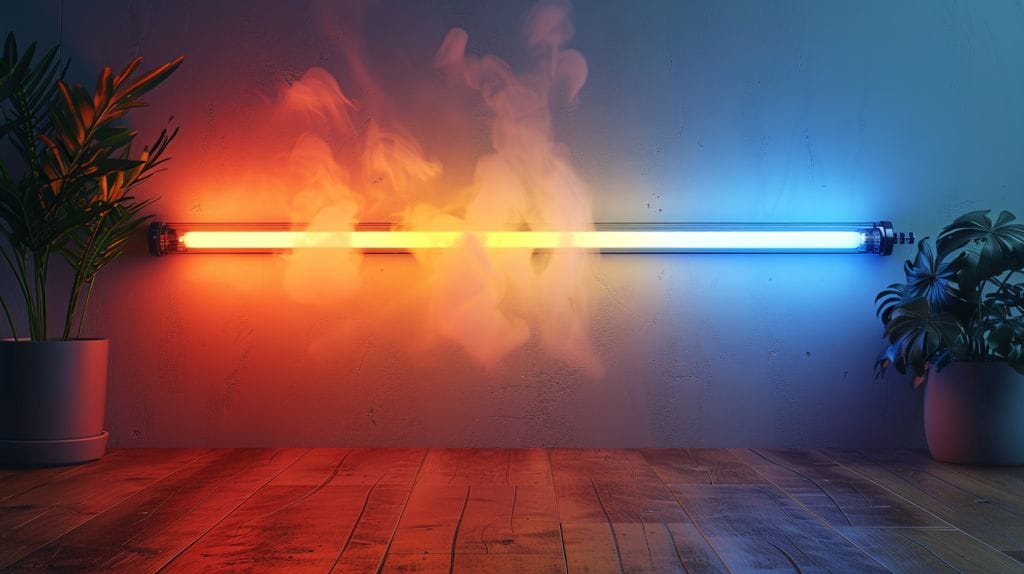
Bypassing the ballast for LED lights, particularly LED tubes, becomes a practical choice for maximizing performance and cost savings by directly connecting the ballast wires to the sockets. When retrofitting LED tubes into fixtures that previously used fluorescent tubes, removing the ballast is essential. Ensure to identify the hot and neutral wires coming from the power source for safe reconnection. You’ll not only eliminate energy losses but also allow the LED lights to operate at their full efficiency potential.
Moreover, bypassing the ballast for LED lights improves the overall reliability of the lighting system. Fewer components mean fewer chances of failure, ensuring smooth operation and consistent, high-quality illumination.
Preparing for a Ballast Bypass Procedure

Before conducting a ballast bypass procedure for LED lights, ensure you have the necessary tools and equipment. Understanding the wiring diagram of your current setup will help you identify the connections that need to be altered to complete the bypass effectively. Plus, remember to take safety precautions to prevent accidents or damage.
Tools and Equipment for Ballast Bypass:
- Tools: Wire Strippers, Screwdriver, Pliers
- Equipment: Wire Connectors, Electrical Tape, Wire Cutter
- Additional Items: Voltage Tester, Wire Nuts, Safety Glasses
Once you’re prepared, you can proceed with the necessary steps to bypass the ballast and connect the LED lights directly to the sockets, paying close attention to the proper connection of the white wire.
Step-by-step Guide to Bypass the Ballast for LED Lights
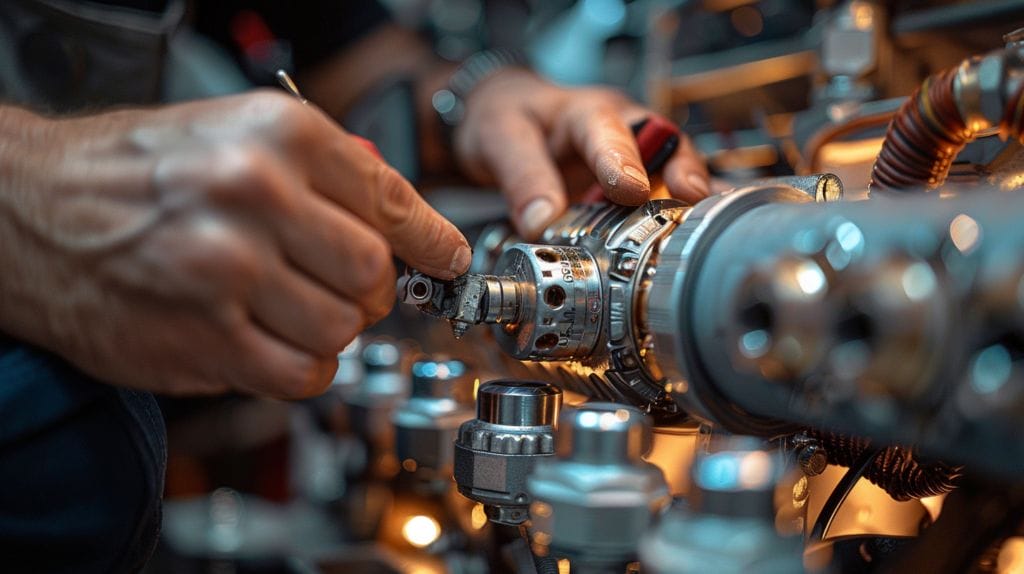
Let’s dive into the process of bypassing the ballast for LED lights with a step-by-step guide focusing on the installation of LED tubes, starting with accessing the ballast and setting them aside. This includes careful removal of at least 2 inches of insulation from the input wires to one end and using non-shunted connectors for safety. When it comes to converting to LED tubes, bypassing the ballast is a crucial step towards energy efficiency and longevity. Here’s how you can do it:
- Turn Off the Power: Before starting any work, make sure to disconnect the power supply from the breaker to avoid any electrical hazards.
- Locate the Ballast: Find the ballast in your fixture, typically close to where the wires are connected.
- Disconnect Wires: Carefully disconnect the wires from the ballast, ensuring they aren’t connected to a power source.
- Bypass the Ballast: Once the wires close to the ballast are free, you can directly connect them to the power source for the LED tubes, ensuring to manage the shorter ballast wires and tuck them out of the way.
Can Bypassing the Ballast for LED Lights Cause Them to Buzz?
Can bypassing the ballast for LED lights cause them to buzz? The answer is yes. Bypassing the ballast can lead to buzzing LED lights dangers truth. The ballast regulates the current for fluorescent lights, and bypassing it may cause compatibility issues with the LED driver. It’s essential to follow proper installation guidelines to prevent buzzing and ensure optimum performance and longevity of the LEDs.
Post-Ballast Bypass Steps and Retrofit Considerations
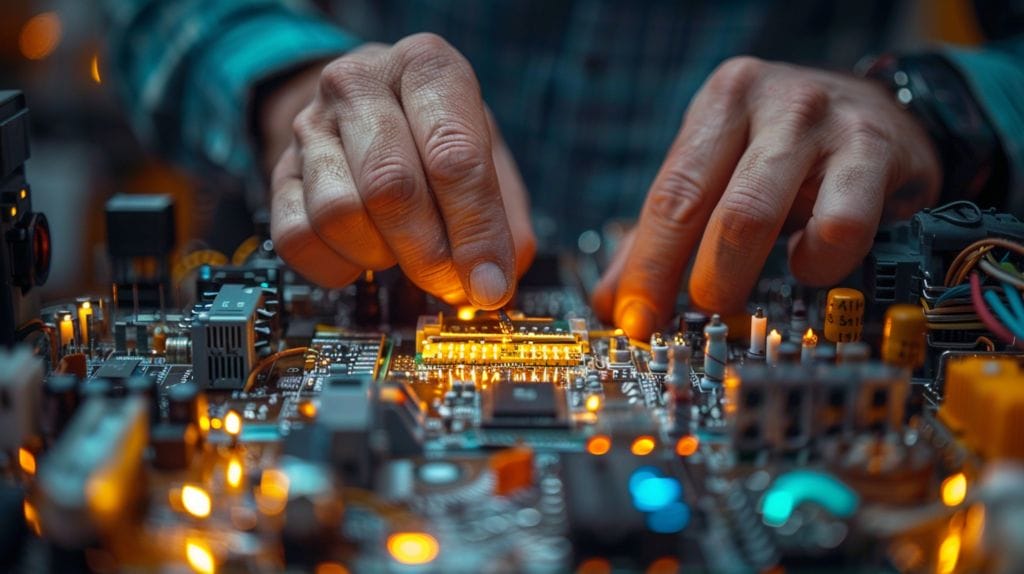
After a successful ballast bypass, it’s essential to test your LED lights to ensure correct functionality. This often involves checking the connections where you bypassed or removed a ballast. Regular maintenance is also crucial to prolong the lights’ lifespan and maintain their efficiency.
If you’re considering retrofit options for different lighting fixtures, assess the compatibility of the fixtures with LED lights. Ensure you understand how to get to the ballast and physically remove it if necessary for the retrofit. Some may require additional modifications to accommodate LED technology, such as retrofitting fluorescents to LED tubes.
Here are some important steps and considerations post-ballast bypass:
- Test LED Lights: Ensure functionality post-ballast bypass to detect any issues early on.
- Regular Maintenance: Conduct routine maintenance to prolong the lifespan of your LED lights. Remember to check the breaker switch periodically to ensure it’s functioning correctly.
- Assess Retrofit Options: Evaluate compatibility and potential modifications needed for different lighting fixtures, particularly when replacing magnetic ballast systems with LEDs.
Conclusion
In conclusion, bypassing the ballast for LED lights, especially by connecting the output hot and neutral wires directly, is a simple and effective way to improve energy efficiency and extend the lifespan of your lighting system.
By following the steps outlined in this article, you can easily make the switch to LED technology and enjoy the benefits of lower energy costs and brighter, more reliable lighting.
Don’t hesitate to make the switch and start enjoying the advantages of LED mastery today!
Frequenly Asked Questions
How do you bypass the ballast for LED lights?
To bypass the ballast for LED lights, you will need to disconnect the ballast from the power circuit, remove it physically, cut all the wires connected to it, and connect the input hot and neutral wires directly to the sockets.
What are the steps to bypass a ballast for LED tube lights?
The steps include gaining access to the ballast, disconnecting it from the power circuit, cutting the wires connected to the ballast, and connecting the input wires directly to the sockets using wire connectors.
Do I need to cut the wires to bypass the ballast for LED tubes?
Yes, you will need to cut the wires coming from the fixture connected to the ballast in order to bypass it and connect the wires directly to the sockets.
What tools do I need to bypass the ballast for LED lights?
You will need wire cutters, strippers, connectors such as push-in connectors or wire nuts, and possibly a screwdriver to remove the ballast from the fixture. Attention to the insulation of wires is crucial during this process.
Can I keep the ballast in place when installing LED lamps?
It is recommended to completely remove the ballast from the fixture when installing LED lamps to prevent any interference or compatibility issues with the new LED lighting, ensuring that the ballast wires are correctly connected to the output hot and neutral.

